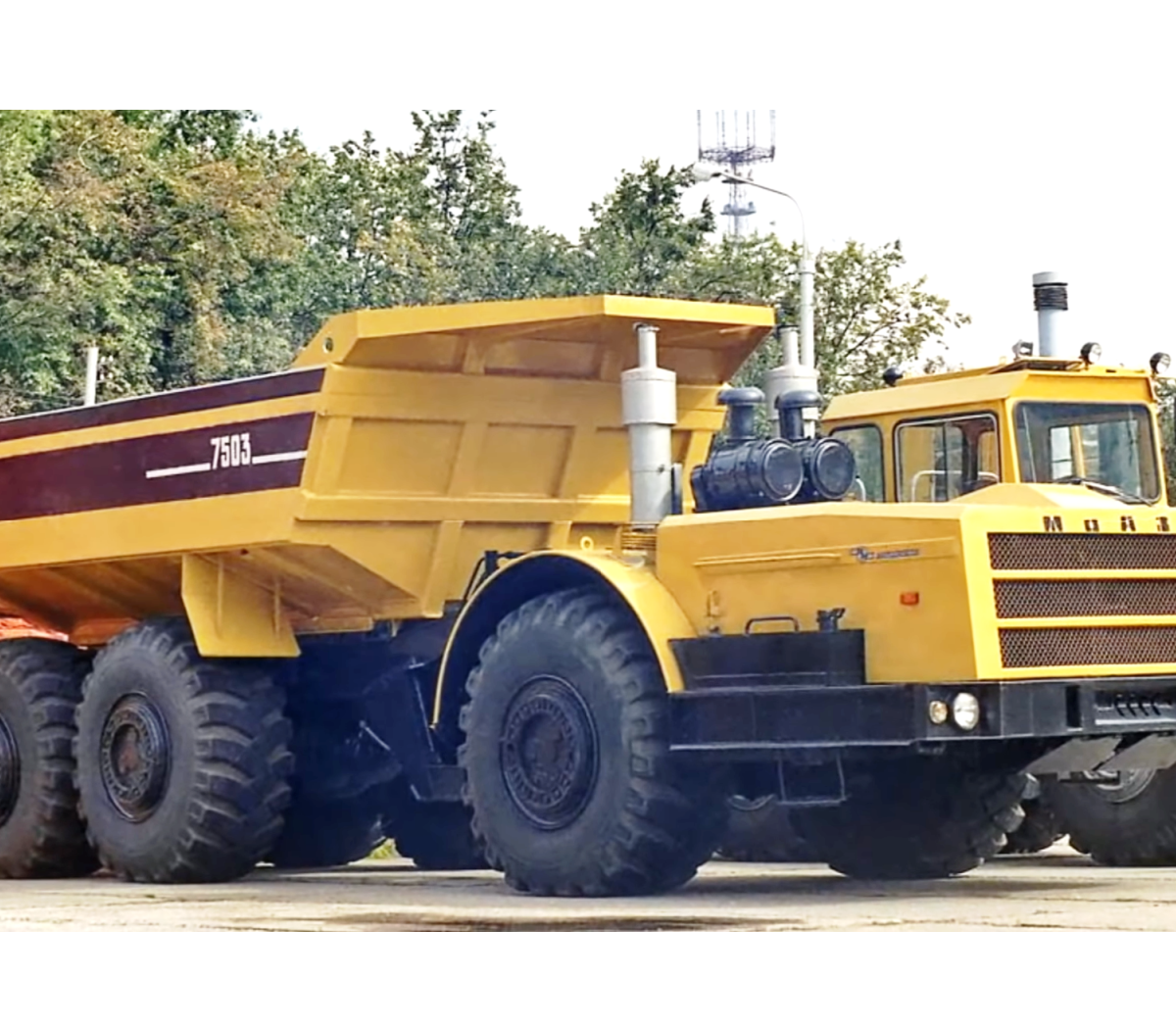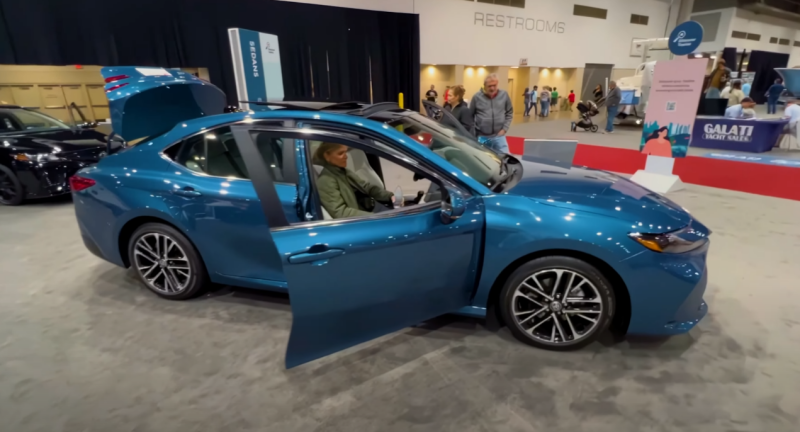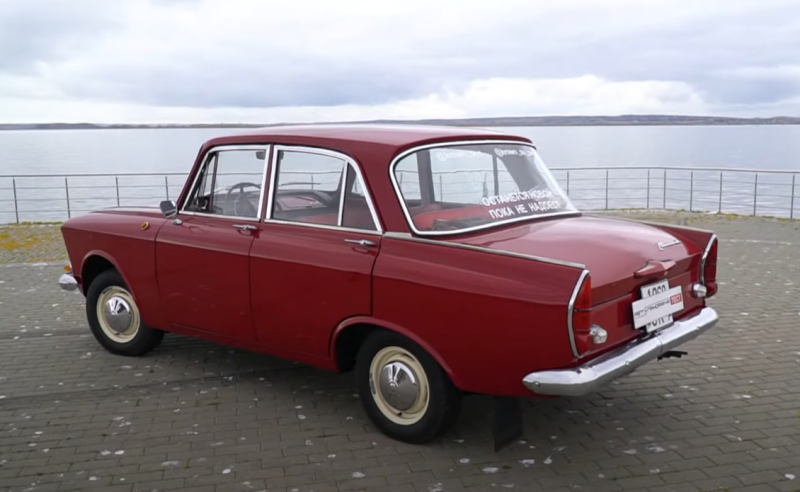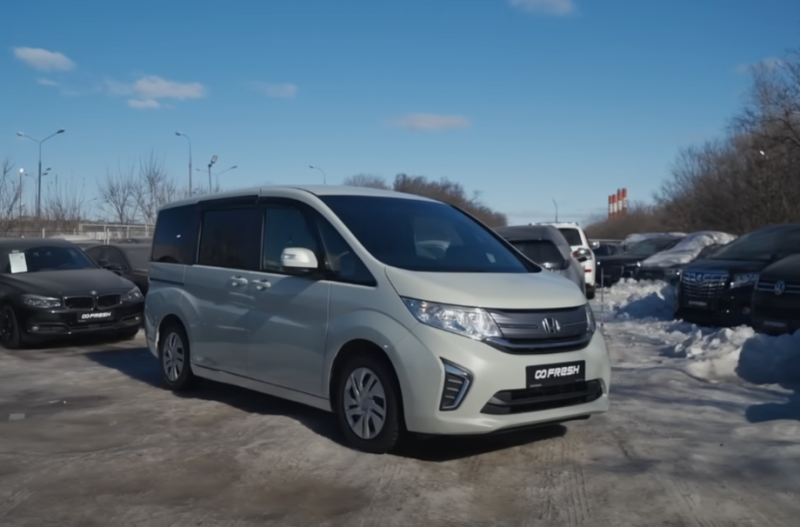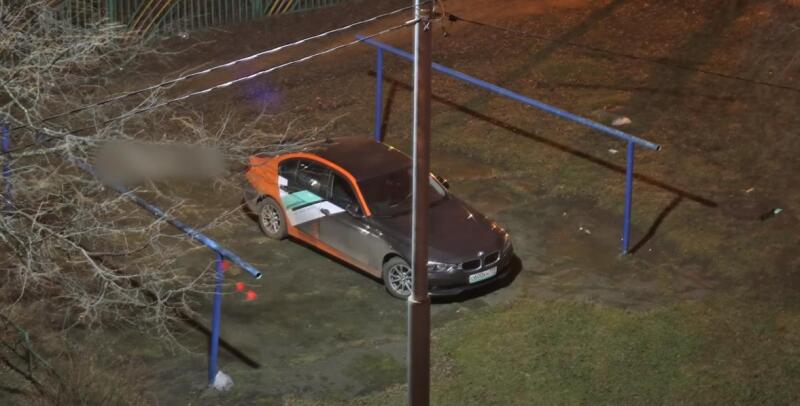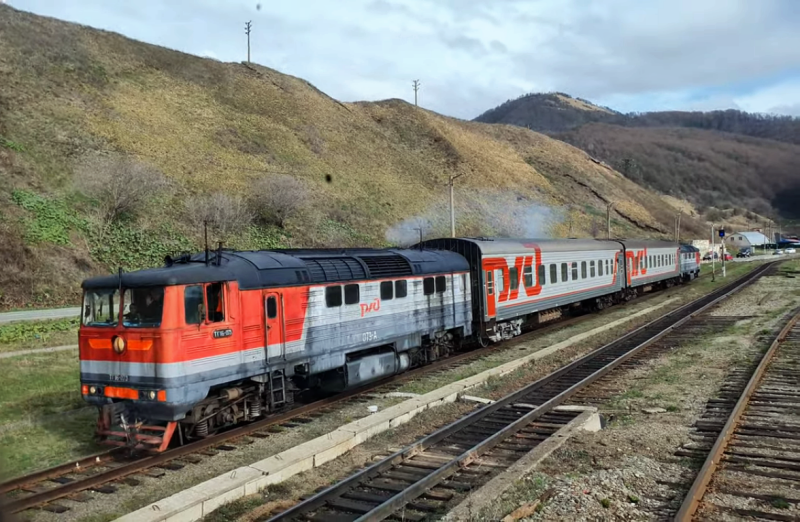More than 70 years ago, standard trucks were sent to help underground workers, on which they only installed an exhaust gas cleaning system. This happened in the United States and was the first experience of driving cars underground. Since then, the design of underground equipment has become noticeably different from their ground-based counterparts. Those who have seen the mine MoAZ live will agree that it is completely different from the MAZ or KAMAZ familiar to our eyes. First of all, it is a compact design and low landing.
How did the Mogilev Automobile Plant named after V.I. Kirov?
After the equipment of the plant arrived from the Kuibyshev evacuation, where it produced engines for attack aircraft, Mogilev returned to the usual assortment. These are overhead cranes, locomobiles, steam power plants and other similar equipment.
Everything changed in 1958, when their compatriots from Minsk “shared” with the people of Mogilev. The plant was entrusted with the production of single-axle tractors MAZ-529.
To provide an intellectual base for assembling new equipment, a group of Minsk designers was seconded to the plant. So, from the beginning of the 60s, the Mogilev plant was completely ready for a new direction and became the leading manufacturer of earth-moving equipment in the Soviet Union.
 Against the background of MoAZ, the Zhiguli look more than modest. A photo:
Against the background of MoAZ, the Zhiguli look more than modest. A photo:Already in 1966, the company received the usual abbreviation MoAZ, clearly showing the production of what type of equipment will now be the main focus. For six decades, the Belarusian enterprise has mastered the production of many models of trucks, including:
✅ mining dump trucks MoAZ-522 and MoAZ-6507
✅ all-wheel drive MoAZ-7411
✅ single axle tractors
A separate line in the model range of the plant are cars made for underground work. For example, the road train MoAZ-6401-9585.
Underground workers
The mentioned road train was intended for work in places of complicated turn, such as mines or tunnels. At the same time, its operation in conditions of increased gas and dust hazard was not allowed. The car was equipped with duplicate controls. This allowed him to move in both directions without having to turn around. In addition to the open cabin, the equipment could boast of the following parameters:
✅ engine power - 190 hp With.
✅ maximum load capacity - 22 tons
✅ design speed - 40 km / h
✅ tank capacity - 220 l
In 1969, a tractor of their own design, the MoAZ-546P, was finally added to the model "donated" by Minsk residents. He received a new, more powerful, 215-horsepower engine made in Yaroslavl. The transferred cabin can be called as structural changes (now it was not behind the hood, but to the left of it). Also, the designers abandoned the rigid suspension on the drive axle, in favor of the spring version. Other minor changes and innovations were also present. But the scope remained the same: towing scrapers, truck cranes or other multi-ton equipment.
The tractor control included a 4-speed gearbox (+ reverse). In addition, there was an additional downshift or upshift. The drive axle was equipped with planetary gears and a differential. YaMZ-238AM2 acted as a power unit.
 Thanks to the huge hinge MoAZ is able to make turns. A photo:
Thanks to the huge hinge MoAZ is able to make turns. A photo:The front wheels were structurally unmanageable. The turn of the technique was carried out by actuating two hydraulic cylinders. They were located between the cab and the body part and ensured the rotation of the tractor due to the longitudinal fracture of the frame. The design could perform a left or right turn and return to its original position due to the articulated connection of its two parts. The main brake system was of the drum type, and the parking brake was of a pneumatic spring design.
Further expansion of production of heavy vehicles
The next year after the start of production of a tractor of their own design, the factory workers produced the first 10 thousand heavy vehicles. Automakers continued to increase their pace, and mining enterprises were happy to conclude contracts for the supply of underground MoAZ models. They have proven themselves very well when working at a depth of several hundred meters.
 Such cars also worked at Soviet airports. A photo:
Such cars also worked at Soviet airports. A photo:The capacity of the plant continued to grow in the late 70s. The peak of the rise of the Soviet economy required more and more production of machines and mechanisms. Since 1977, the line of small and medium metal casting began its work. At the end of next year, it was time to expand the steel shop - its second stage was put into operation. Good production rates allowed MoAZ employees to mark another important milestone five years later: the number of trucks produced exceeded the 25th mark.
One of the latest models of the Soviet period was the MoAZ-6442. It was a modernized version of a single-axle tractor. Its release began in 1989. Its main purpose was to work in tandem with a scraper. It also provided for the possibility of towing a special platform for heavy items or a road roller on pneumatic wheels. During the modernization, the engine power was increased to 225 hp. With. Some other minor design changes were also present.
Modern history of the plant
With the collapse of the Union, the need for such equipment decreased somewhat, but, of course, it did not disappear anywhere. The production of special equipment has continued to this day. For the convenience of management, the Belarusian side decided to merge: since 2006, MoAZ has become a remote branch of another auto giant - OJSC BelAZ. Today, approximately only one out of ten Belarusian trucks remains at home, the rest are exported (more than 85% of the total output). One of the main partners of BelAZ are Russian consumers.
 It is difficult for forestry to do without powerful timber trucks. A photo:
It is difficult for forestry to do without powerful timber trucks. A photo:In 2016, a new MoAZ-6501 vehicle was developed for Russian mining enterprises. The order for the equipment was issued by the KMAruda Combine. This is how the MoAZ-65010 modification appeared. The convenience of the design is that it is collapsible. After descending to the depth, the "constructor" is very easy to re-assemble in a state ready for movement. All this can be done mechanically, using bolted connections, without the use of welding.
The new underground transport has very compact parameters (width - 2,1 m), which makes it possible to use it in mines with a working diameter of less than 9 square meters. m. At the request of the customer, the truck can be supplied with a closed or open cab. A more comfortable option involves the installation of a stationary heater and air conditioner.
The times when Yaroslavl power plants were used in Belarusian cars seem to be over. In this case, we are dealing with a 6,7-liter diesel engine from the American company Cummins QSB. Its power is 220 liters. with., and the carrying capacity is 15 tons.
 Technology that inspires respect. A photo:
Technology that inspires respect. A photo:Today's underground workings are becoming more extensive, which means that even more underground equipment will be required to transport the extracted minerals. This is confirmed by the emergence of new models among cars of this type. There is no doubt that MoAZs, which have long proven themselves on the good side, will not get lost in the general background.
